United Airlines bumps GEO operators off fleet for Starlink Wi-Fi
Original Publication Date: 2024-09-13 22:48

United Airlines will replace geostationary operators with Starlink in SpaceX's largest aviation Wi-Fi deal. The U.S. Carrier announced plans Sept. 13 to start equipping the more than 1,000 planes in its international fleet with Starlink connectivity next year. The announcement surprised analysts, including William Blair’s Louie DiPalma.
The satellite industry cannot ignore the huge potential of D2D services
Original Publication Date: 2024-09-13 13:00

D2D LEO-sat services may attract an additional $30 billion of global spending on cellular telecom by 2035. This equals approximately 3% of the current total global cellular revenues. The actual revenue potential for the industry is likely higher as the GSMA prediction is based only on the 7% of the world’s population that lives in the coverage gaps of terrestrial networks.
Second ispace lunar lander planned for launch in December
Original Publication Date: 2024-09-12 19:11
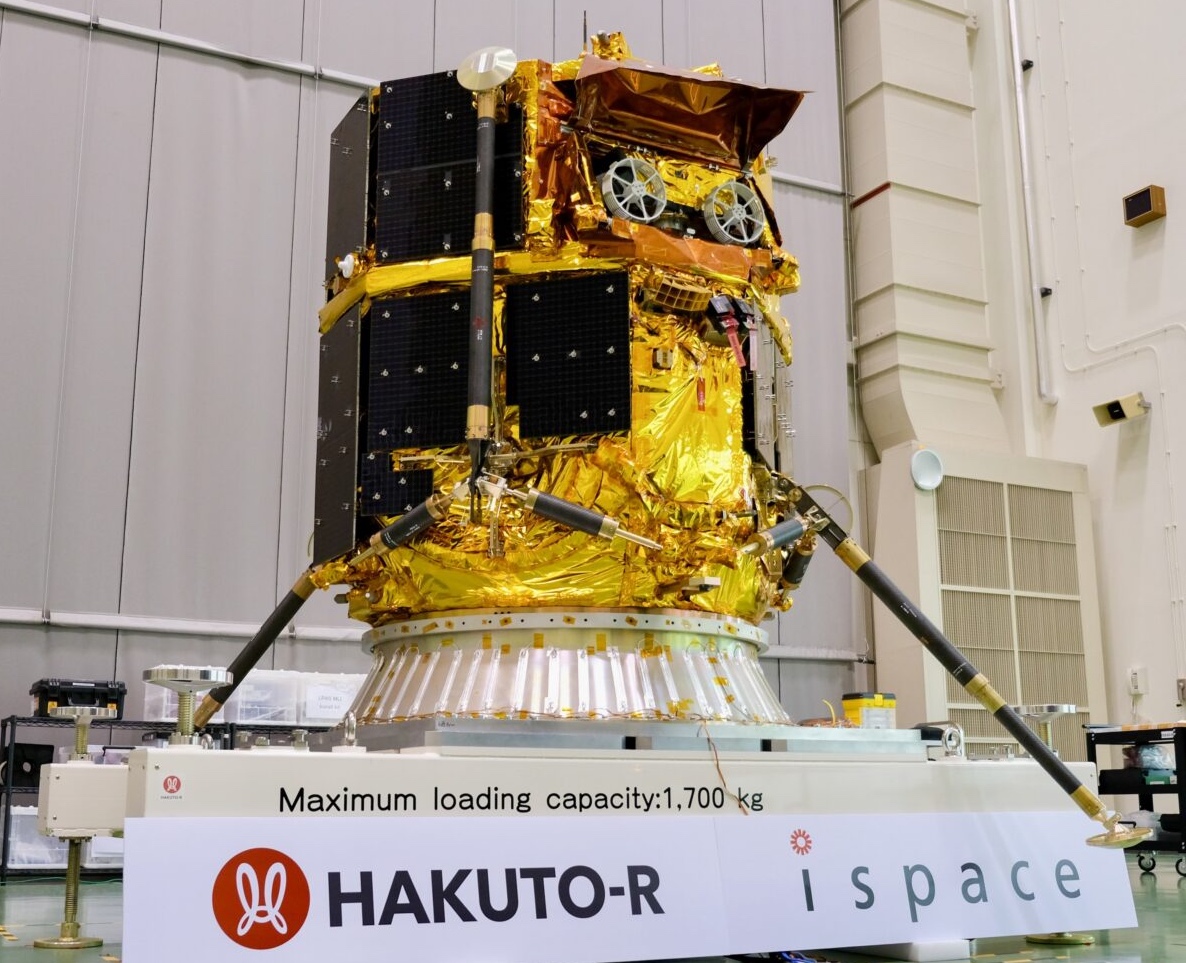
Japanese company ispace expects to launch its second lunar lander mission as soon as December. Tokyo-based ispace said their second lunar lander, called Resilience, would launch no earlier than December. Resilience is the same HAKUTO-R design as the company’s first lander that crashed attempting a landing in April 2023. The landing site for Mission 2: Mare Frigoris, located at 60.5 degrees north and 4.6 degrees west on the near side of the moon.
Ice-hunting Lunar Trailblazer and IM-2 nearly ready for January 2025 launch
Original Publication Date: 2024-09-12 17:35
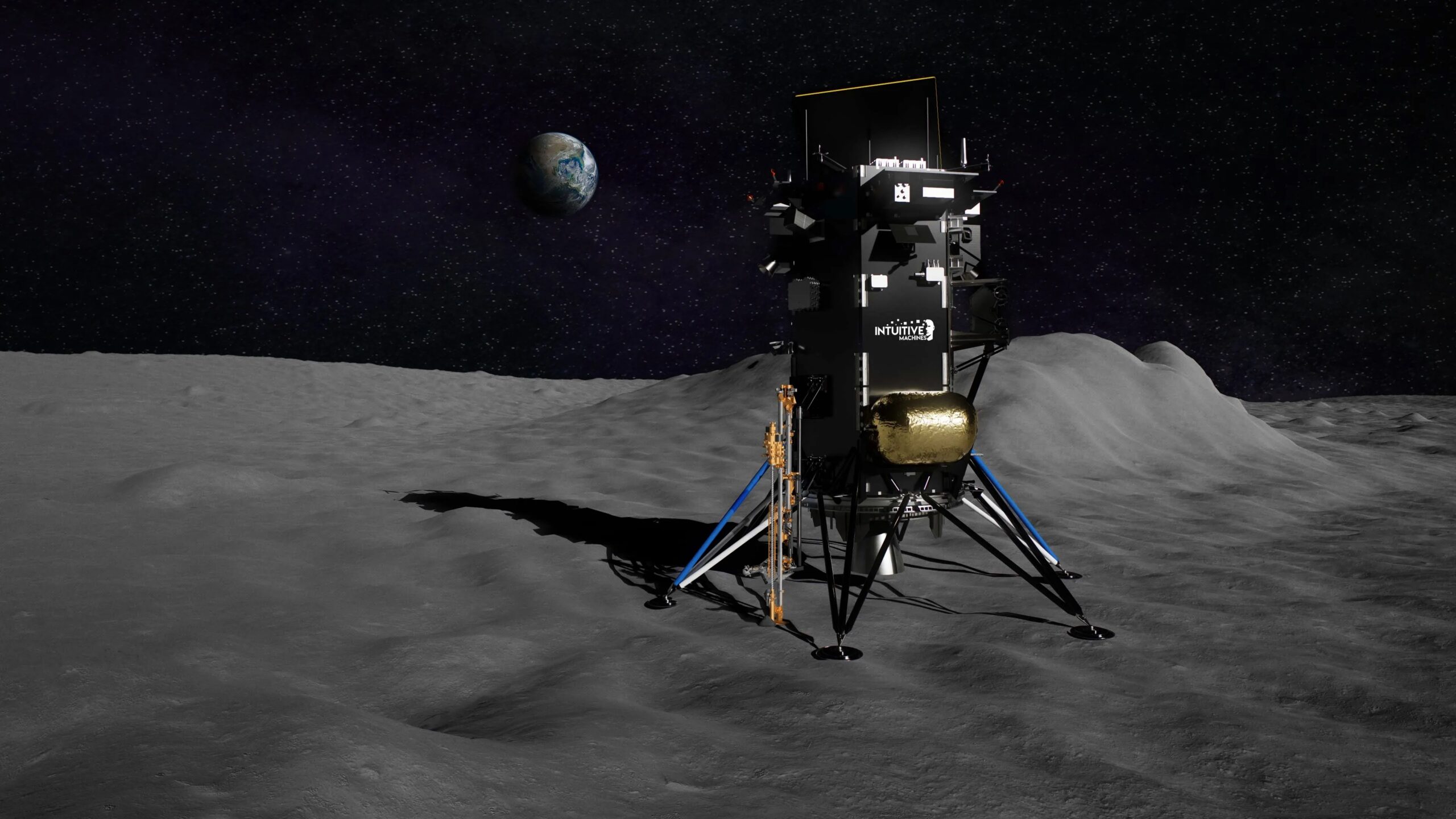
Lunar Trailblazer will collect important data about the form, abundance and distribution of water on the moon. China and Russia are eager to probe the south pole for volatile resources. Lunar Trailblazer is expected to launch during a window that stretches from Jan. 1 to 5, 2025.
Foust Forward | Auditing the auditors
Original Publication Date: 2024-09-12 13:00

NASA's Office of Inspector General released an audit of Mobile Launcher 2, the agency's mobile launch platform. ML-2, originally projected to cost $500 million, now has a formal cost estimate of $1.8 billion. The platform was also in danger of not being ready in time to support the scheduled late 2028 launch of Artemis 4.
NASA’s Artemis II Crew Uses Iceland Terrain for Lunar Training
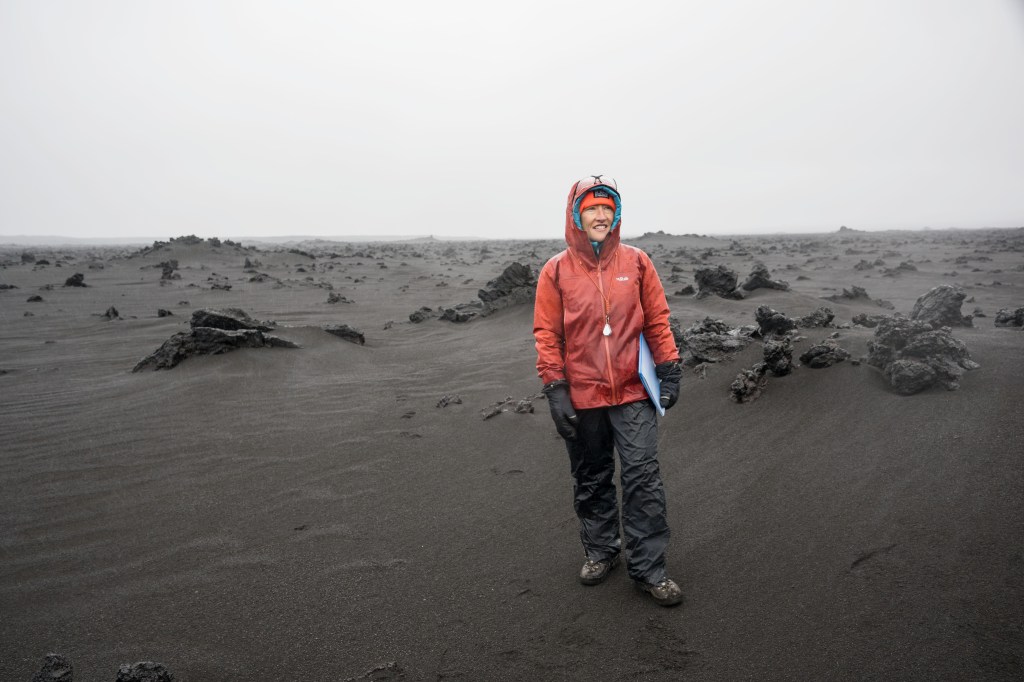
Artemis II test flight will be NASA’s first mission with crew under Artemis. The crew will travel approximately 4,600 miles beyond the far side of the Moon. While the Artemis II astronauts will not land on the surface of the Moon, the geology fundamentals they develop during field training will be critical to meeting the science objectives.
NASA’s Webb Peers into the Extreme Outer Galaxy
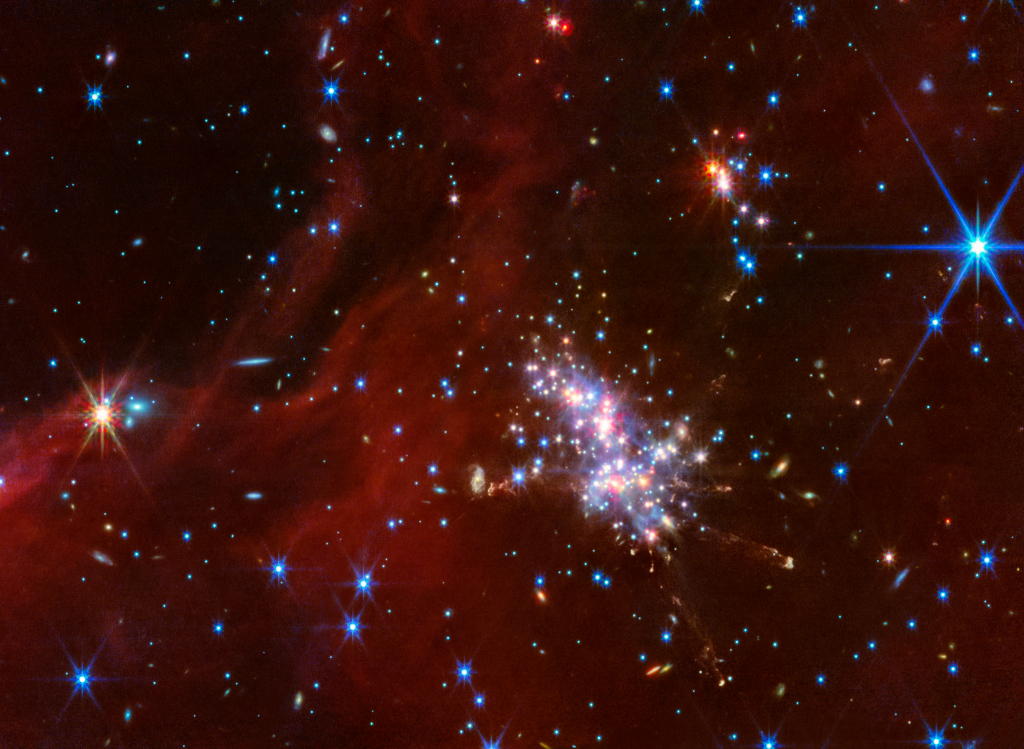
“In the past, we knew about these star forming regions but were not able to delve into their properties,” said Natsuko Izumi of Gifu University and the National Astronomical Observatory of Japan. “We can get very powerful and impressive images of these clouds with Webb.”
Hubble Examines a Spiral Star Factory
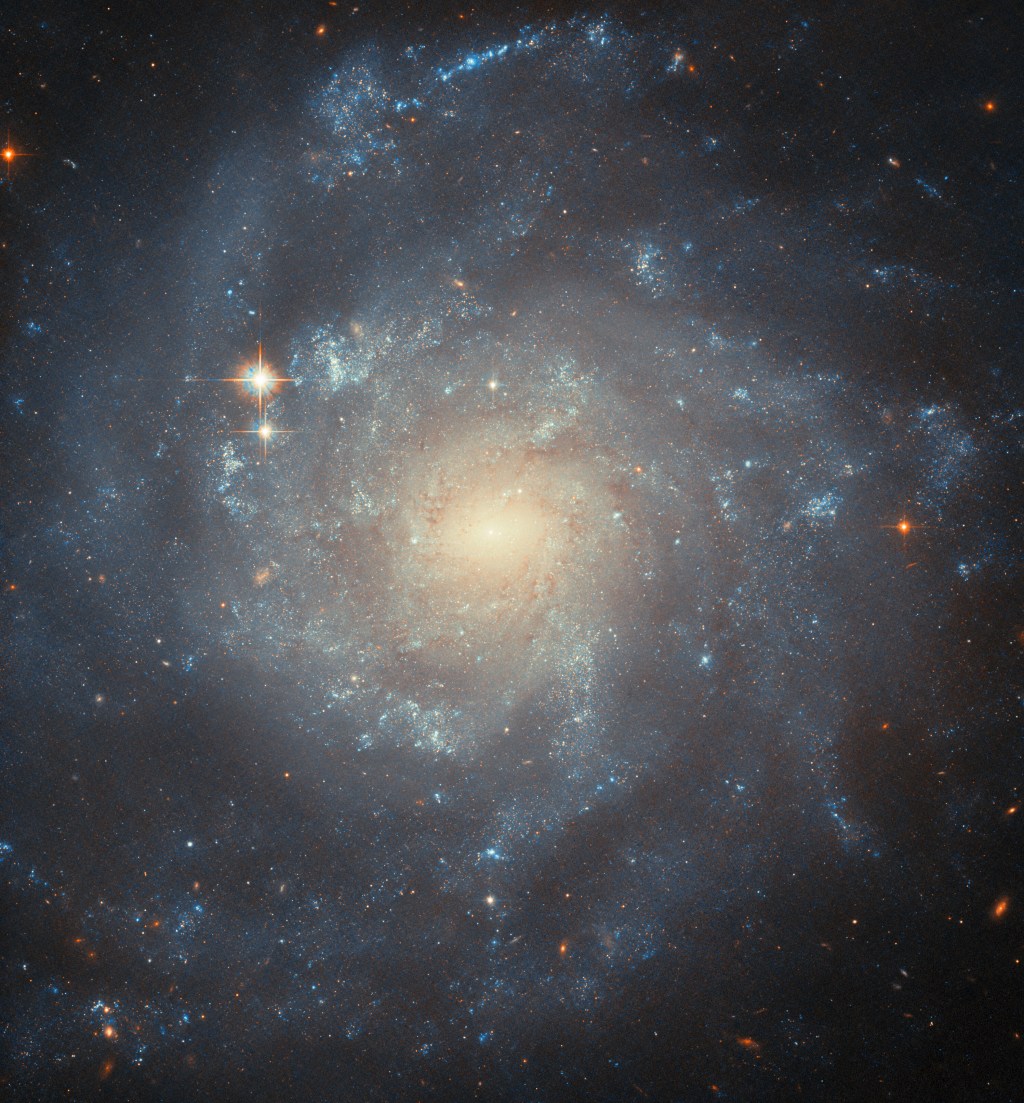
Astronomers have identified two main drivers of star formation in NGC 5668. High-velocity clouds of hydrogen gas moving vertically between the disk of the galaxy and the spherical, faint halo which surrounds it. Strong stellar winds from hot, massive stars, that would contribute gas to new star-forming regions.
Firefly preparing new launch pads in Virginia, Sweden for Alpha rocket
Original Publication Date: 2024-09-12 21:26

Firefly Aerospace is working on an additional launch site for its Alpha small satellite launcher and upcoming Medium Launch Vehicle. The company is planning to build an Alpha launch site overseas in Sweden for the European market. A Firefly site at the Cape Canaveral Space Force Station (CCSFS) Space Launch Complex-20 (SLC-20) is not a current priority, but future use is possible.
